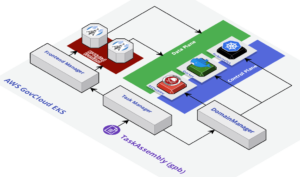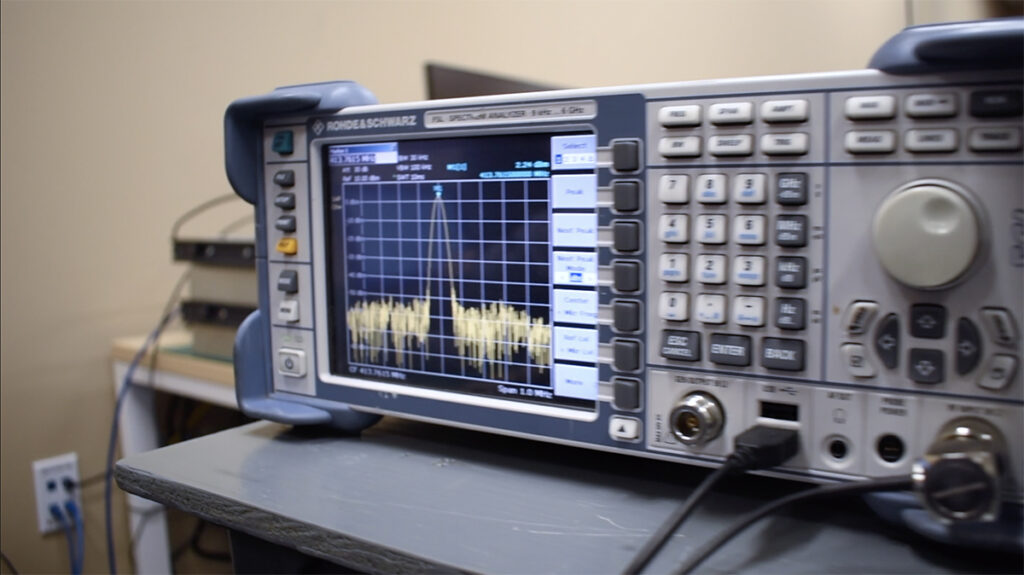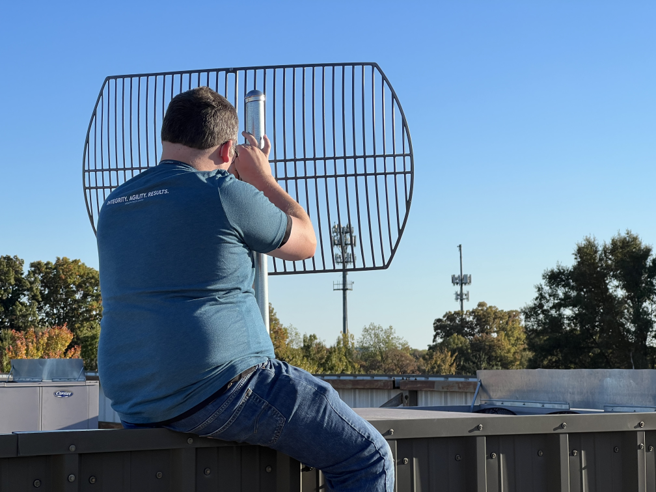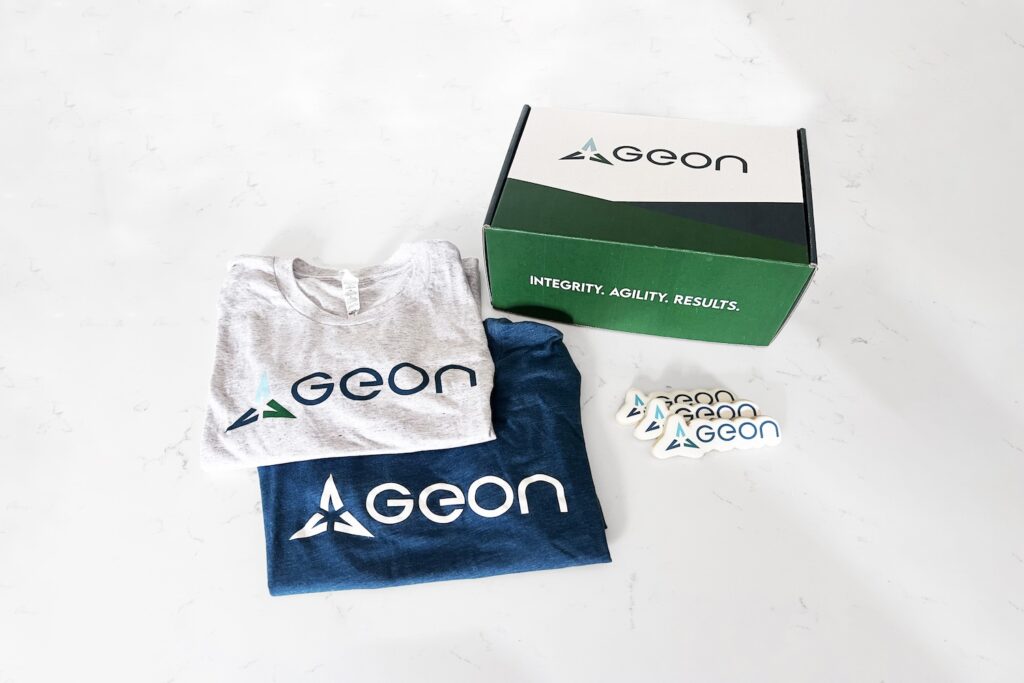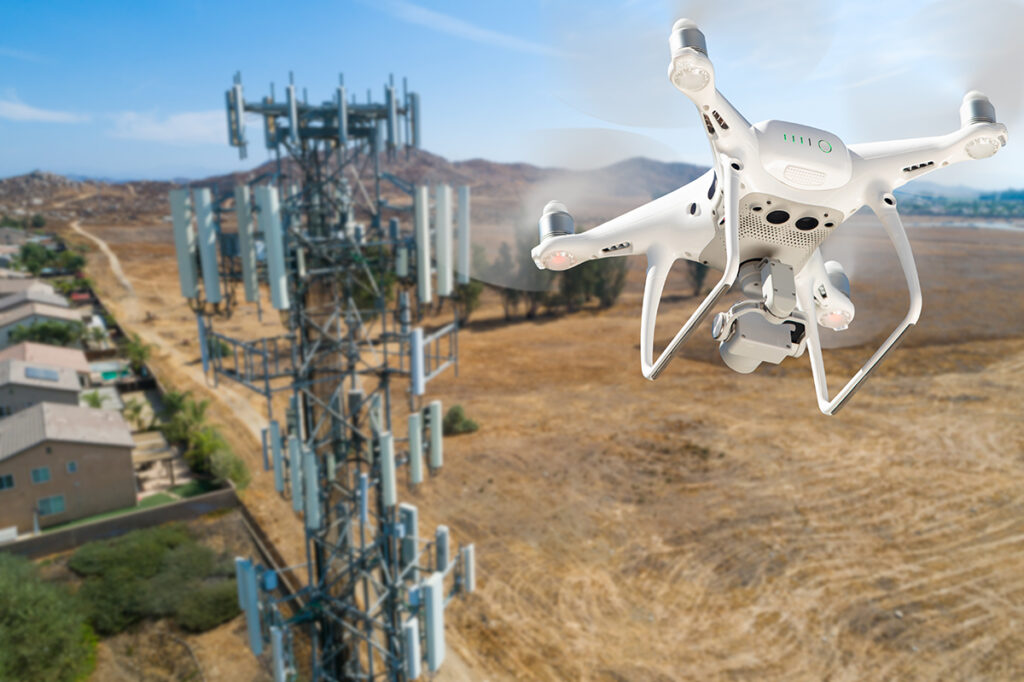A Brief History of REDHAWK
In 2010, the REDHAWK software defined radio (SDR) framework was developed to address the need for a “standards based” SDR platform that scaled from clusters of servers to embedded platforms. The business strategy was simple: pay once for SDR infrastructure and capability development and enjoy the economic and operational efficiencies of using them everywhere.
REDHAWK adoption increased and the Tactical Open Architecture (TOA) was added to the REDHAWK ecosystem in 2015 to respond to the need for SDR integration with enterprise tasking, management, monitoring, and datastore. At the time, REDHAWK + TOA was, arguably, the only inherently distributed SDR system with built-in provisioning of applications. Since Docker™ was still three years from market in 2010 and mainstream container management like Kubernetes™ was at least 2 years beyond Docker, REDHAWK implemented an independent solution for what is now commonly called cluster management: platform provisioning, application deployment, and management of highly available distributed systems.
Once Docker was on the scene, Geon introduced the Docker-REDHAWK project on Github, a container-based deployment of REDHAWK. We later published articles on how to use these containers with Ettus USRP, Docker Swarm, and Continuous Integration. The Docker-REDHAWK project has proven to be one of our most popular open-source repositories, and it has provided numerous benefits for Geon and our customers.
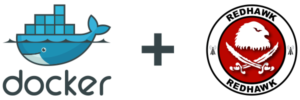
The Shift in SDR Technology
Two events introduced a dramatic shift in SDR architectures toward container technology and cloud-native design patterns:
1. Amazon’s deployment of AWS Ground Station
2. The 5G community’s development of Network Function Virtualization (NFV)
Amazon’s successful launch of their first Ground Station in 2019 proved that a cloud platform using container technology is commercially viable for demanding SDR applications.
Recognizing the massive data, user, and services demands of 5G, the 5G community has looked to the NFV specification from the European Telecommunications Standards Institute (ETSI). In turn, the ETSI Industry Specification Group (ISG) was quick to adopt container technology as a promising alternative to virtualization for NFV. The open-source community has implemented much of the NFV specification using Kubernetes, and they have demonstrated its viability as a 5G infrastructure. This infrastructure extends from the radio to the operations and business support systems.
Thousands of man-years of community effort and global field operations have proven the value of containers and cloud-native and their applicability to SDR challenges.
As this shift in SDR unfolded, Geon developed even better methods than Docker-REDHAWK for deploying REDHAWK applications on clusters. These methods containerized applications instead of REDHAWK infrastructure to glue REDHAWK’s native distributed processing together with Kubernetes.
The Death of REDHAWK?
The shift in SDR toward container technology and cloud-native patterns is dictating newer approaches for distributed and massively scalable SDR. These approaches have needs beyond REDHAWK’s native capabilities. REDHAWK continues to be matured with richer APIs for active transceiver operations and support for new operating systems, but its role must evolve. The wealth of lessons learned over the past ten years of developing REDHAWK provides an invaluable body of real-world operational experience which will inform the design and development of next-generation RF frameworks. Geon is helping our customers design and implement these next-generation frameworks based on lean NFV design concepts to maximally leverage container technology and cloud platforms. These frameworks will still find a home for our customers’ legacy REDHAWK applications while meeting the demands of 5G technology and beyond.
Continued Support for REDHAWK
To protect our customers’ existing investment in REDHAWK and TOA, Geon is actively developing REDHAWK patterns that will be published open-source for deploying existing waveforms and devices with no modifications using Kubernetes clusters. Check back often for updates on our progress.
In the meantime, Geon has published a couple of examples for working with the Docker-REDHAWK containers in Docker Compose and Kubernetes. Check out the repositories below:
The Future: Cloud-Native SDR
Geon is actively participating in defining and developing next-generation SDR that builds on the lessons learned from REDHAWK while realizing the massive enablement of container-technology and cloud-native design patterns. Though notional, we are confident that 2022 will see the realization of a robust, next-generation SDR based on lean NFV concepts (see notional figure below).
Contact us for help with your SDR project, or join us to be a part of our growing team!

